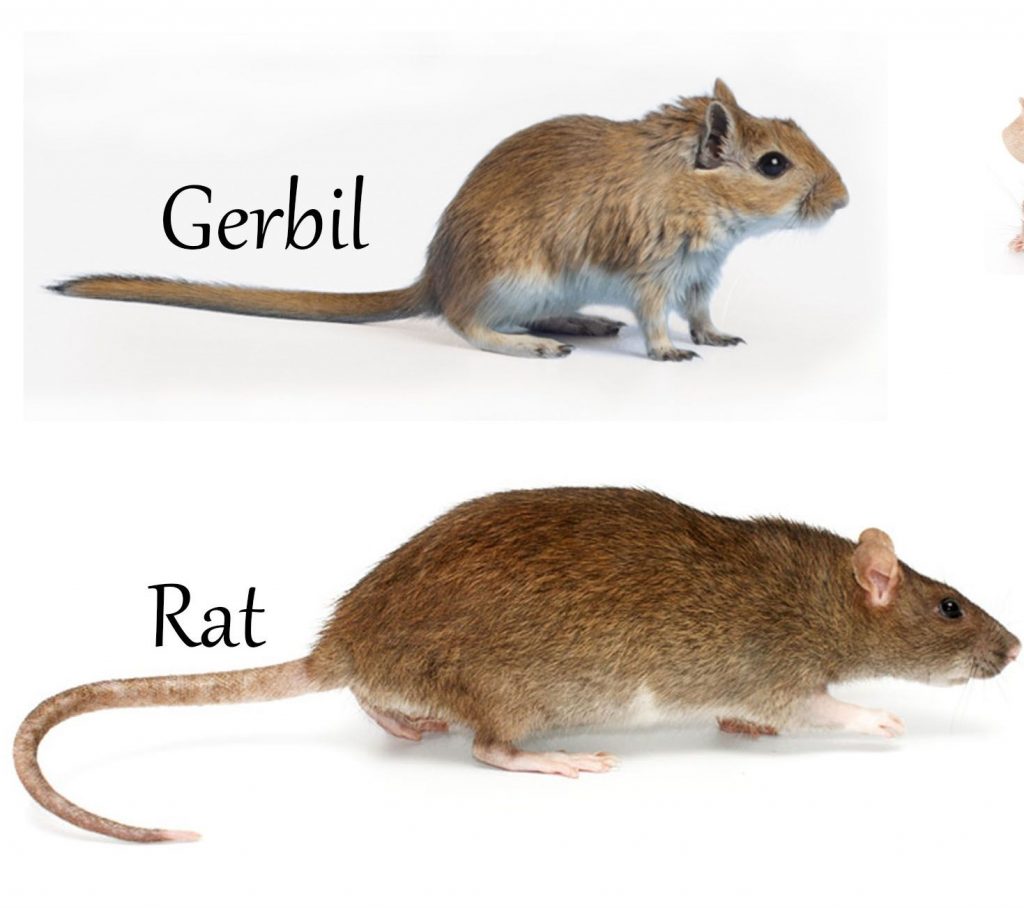 Not too long ago, I wrote a journal post entitled “Thoughts from Inside the Bubble.” An article from the September issue of Kappan magazine perfectly and memorably captured the essence of the bubble concept.
Not too long ago, I wrote a journal post entitled “Thoughts from Inside the Bubble.” An article from the September issue of Kappan magazine perfectly and memorably captured the essence of the bubble concept.
In it, Gerald Fowler (now a professor at Shippensburg University) writes of his decision to get a class pet for his first grade classroom as a means of encouraging vocabulary development. After much deliberation, he settled on a pair of gerbils. On the first day of school, he set up the cage and then waited outside the classroom until the children arrived. He spoke briefly to them about how the classroom would be like their workplace. He said they were about to go into this wonderful new place and that they would all discuss some of the things they found there. Then he stepped to the side of the doorway outside the classroom and allowed the children to file in. Just as the last child stepped through the door, the screaming began.
One of the first children through the door had caught sight of one of the gerbils, grabbed it by the tail, and beaten it repeatedly against the wall of the cage until it was dead. The class was in uproar.
“Why did you kill our gerbil?” Mr. Fowler asked.
“Gerbil?” said the boy. “That’s a rat. My dad says when you see a rat, you kill it!”
To his everlasting credit, the teacher looked again at the dead gerbil and thought, “You know, it does look a little like a rat.”
The child was from an impoverished family and lived in a rat-infested apartment building. In the child’s bubble, there was no ‘gerbil’, only a rat, and he knew what people in his bubble did about rats. What he did was completely logical and normal within his bubble. Or, to be more accurate, his action was normalized by his bubble. The teacher’s bubble normalized a whole different set of behaviors: in his bubble, ‘rats’ were held and fed and admired.
Mr. Fowler noted that after a few weeks had passed, the boy who had killed the gerbil offered to catch a ‘gerbil’ at home to replace the one he’d killed. That was an indication of a child trying to process new information from school and connect it to his life at home. His bubble was expanding.
As teachers, administrators, even whole districts, we have to be cognizant that our bubbles may be very different from those of our students. Condemning a child’s bubble, or overreacting to behaviors which to that child may be completely normalized at home, is counterproductive. Our job as educators is to expand our students’ bubbles through the most engaging, hands-on, cognitively-demanding instruction we can provide.
This is what we do at CMSi; we provide the Curriculum Management Audit™ to help districts put in place the systems they need to make student learning their highest priority. We offer trainings for teachers and administrators to help with the development of curriculum which focuses and connects learning from grade to grade and across classrooms district-wide, and to help refine classroom practices so that they are aligned to high-stakes tests in content, context and cognitive demand.
Contact us! We would love to partner with you to improve student learning in your district.
